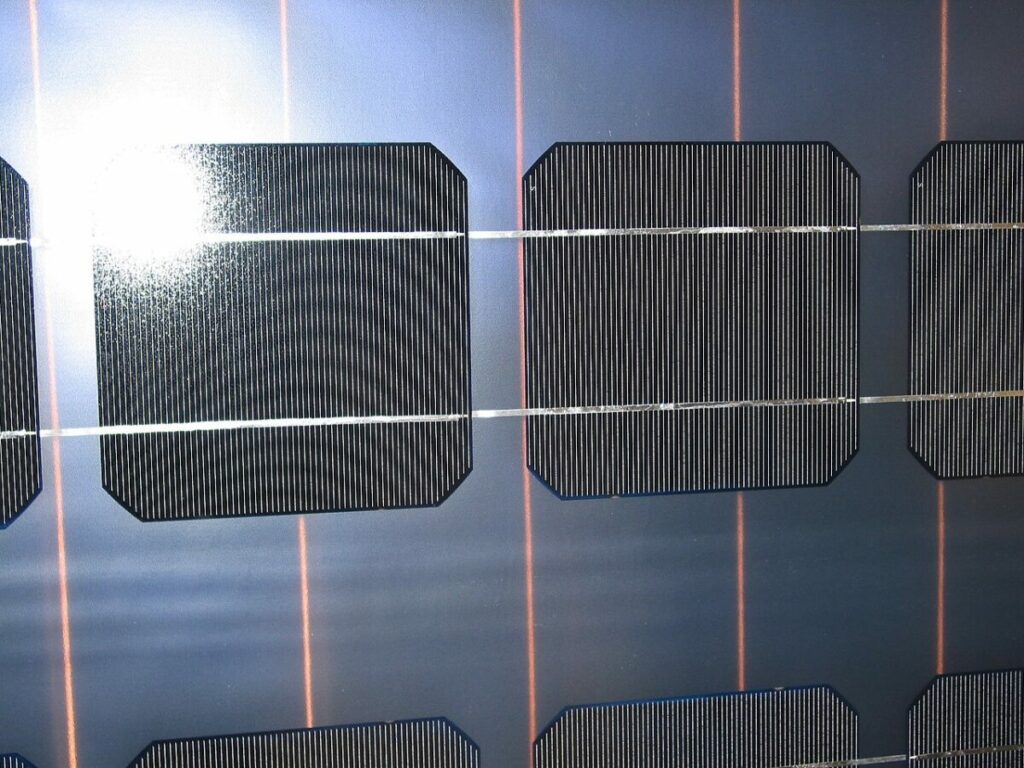An international team of researchers has proposed a series of processes to recover silicon and other metals from recycled solar cells. Their goal is to reuse the recovered silicon in the PV supply chain.
May 3, 2024 Lior Kahana
A European group of scientists has investigated the technical feasibility of physical recovery of the metal contacts from solar cells extracted from end-of-life solar panels and the qualification of the recovered silicon for its reuse in the PV supply chain.
“This reality urgently calls for the design and adoption of affordable, effective, and massive strategies of recycling and re-utilization of all PV components, and particularly of those most energy-demanding in their manufacturing and thus responsible for the largest quote of environmental impact: the solar cells,” the scientists explained.
Demetallization
For the metal contact recovery, the group used potassium hydroxide (KOH)-ethanol-water solutions to optimize the demetallization process. It tested various configurations of the solution on old monocrystalline solar cells. The front contacts of the cells were made with silver screen-printing paste, as were the rear contacts, although they also contained traces of other metals, such as aluminum, iron, or lead.
“The operating conditions for each experiment were as follows: 105 min dipping in 250 mL of etching solution, with solid/liquid ratio of 0.004 g/mL, magnetic stirring, and temperature ranging from 60 C to 70 C,” the scientists said. Pre- and post-treatments were carried out to minimize the eventual presence of impurities on the surface of the sample.
The demetallization experiments had three variables – different operation temperatures (60 C, 65 C, and 70 C), different KOH portions (10%, 15%, and 20%), and different ethanol rates (5%, 10%, and 15%). The process was performed in a 250 mL tall beaker where the cell fragments were introduced in a vertical position held by plastic forceps.
“The design of experiments allows concluding that the temperature is the most influential parameter on the weight loss and the demetallization rate, while the ethanol-temperature interaction is the most influential factor on minority carrier lifetime,” they said. “Processing at a temperature of 60 C in a 10% KOH – 5% ethanol solution for 105 min is found as the best option for the recovery of pure metals while preserving as much silicon as possible.”
Recrystallization
As for the process of recrystallizing the recovered silicon, the academic started with “cleaned fragments of old B-doped multicrystalline commercial wafers”, that were manufactured in the 2000′s. They used a Czochralski (Cz) grower to create an ingot, which was then sliced into 79 wafers. These underwent phosphorous diffusion gettering (PDG) processes, in order to improve their transport properties.
“After successful growth and slicing in wafers, a thorough optoelectronic characterization program has been implemented,” noted the research group. “It demonstrated the fulfillment of the basic requirements needed to make new solar cells, in terms of wafer resistivity (around 1 Ω cm), oxygen content (around 1,018 cm3), mobility (around 1,000 cm2/V⋅s), and carrier lifetimes (above 100 μs threshold in all cases and reaching maximum values of 350 μs).”
The group used the recovered materials to manufacture phosphorus/aluminum back surface field (P/Al-BSF) solar cells. The structure included evaporated metal contacts, with titanium/palladium/silver (Ti/Pd/Ag) for the front contact and Al for the rear. Finally, I-V characteristics were obtained under one-sun illumination to four cells and compared to a reference.
“From our results, we conclude that the main limitations in device performance observed in devices fabricated from recrystallized material and demetallized wafer fragments are not attributable to material quality degradation eventually incurred during the recovery and utilization stages of the silicon substrates but rather to pitfalls during cell manufacturing,” concluded the team.
Its analysis was presented in the paper “Validation of recycling processes for demetallisation and recrystallization of silicon solar cells,” published in Solar Energy. The research was carried out by scientists from Spain’s Complutense University of Madrid, Polytechnic University of Madrid, and Germany’s Leibniz Institute for Crystal Growth (IKZ).
This content is protected by copyright and may not be reused. If you want to cooperate with us and would like to reuse some of our content, please contact: editors@pv-magazine.com.
>>> Read full article>>>
Copyright for syndicated content belongs to the linked Source : PV-Magazine – https://www.pv-magazine.com/2024/05/03/new-tech-to-demetallize-recrystallize-solar-cells-from-end-of-life-pv-modules/
